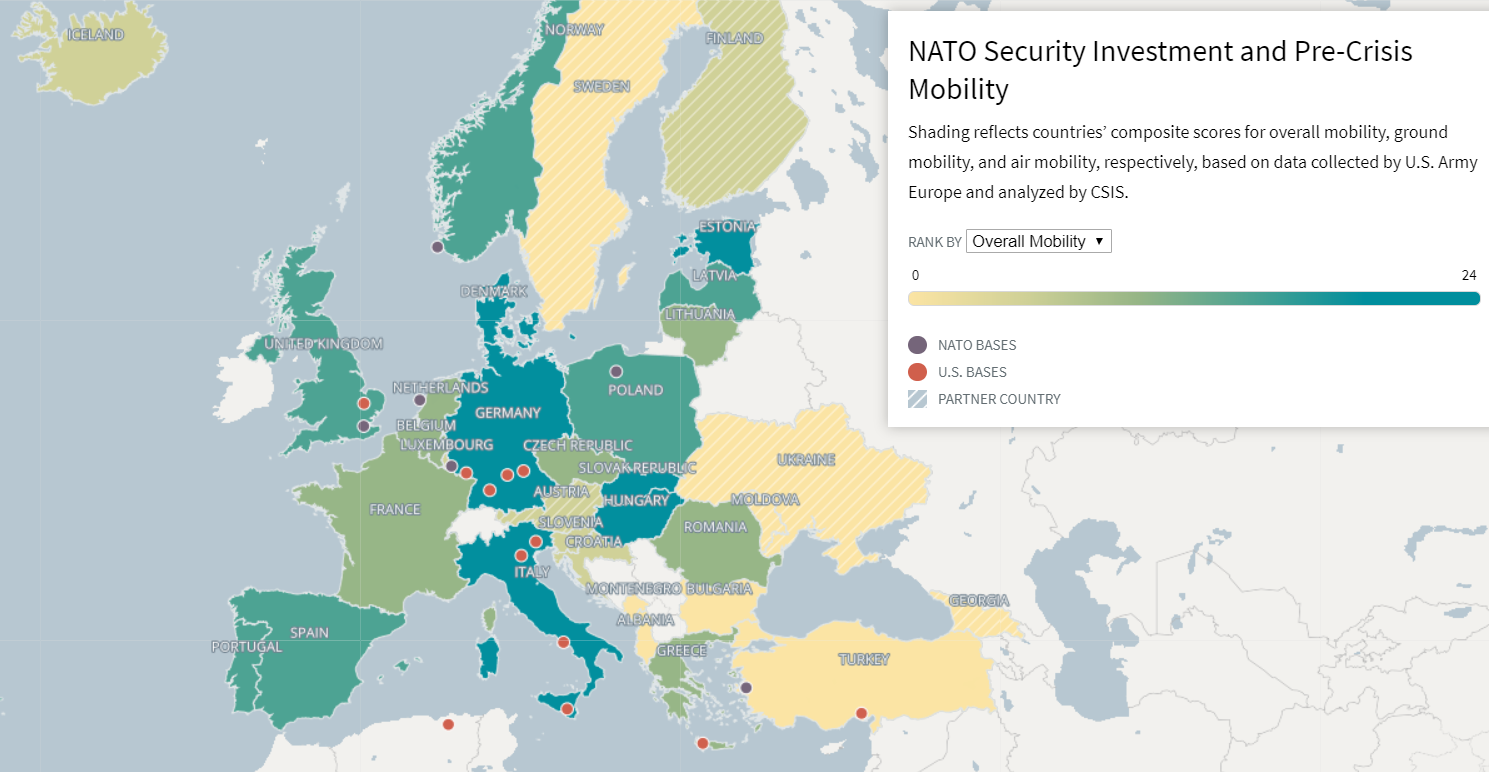Bad Idea: Strategy That Explicitly Says What We Will Not Do
The United States’ perennial search for rigidity in strategic choice—particularly regarding what it will not do and where it will not do it—risks leaving the country vulnerable in the face of emergent challenges and shifts in American political winds.










